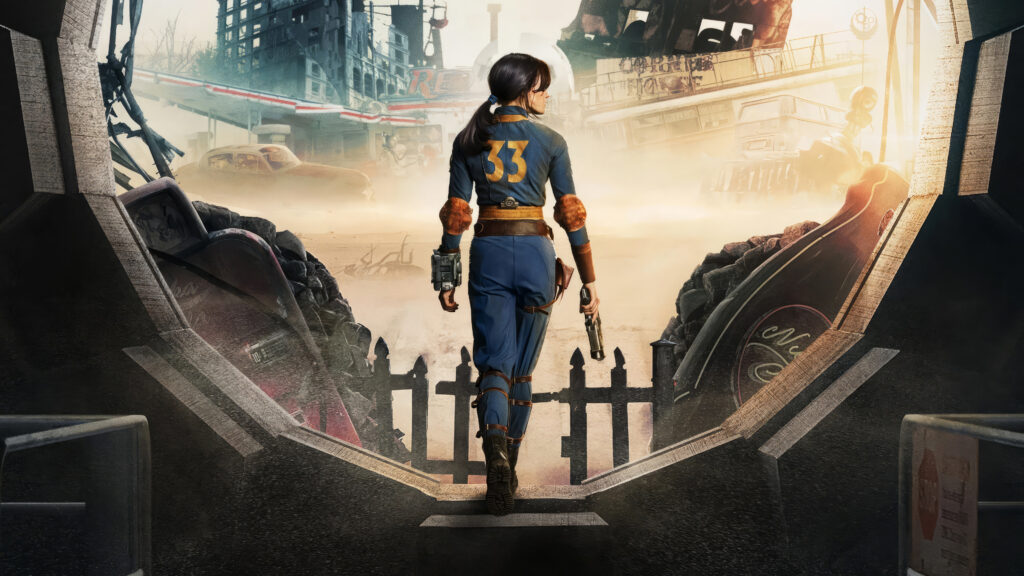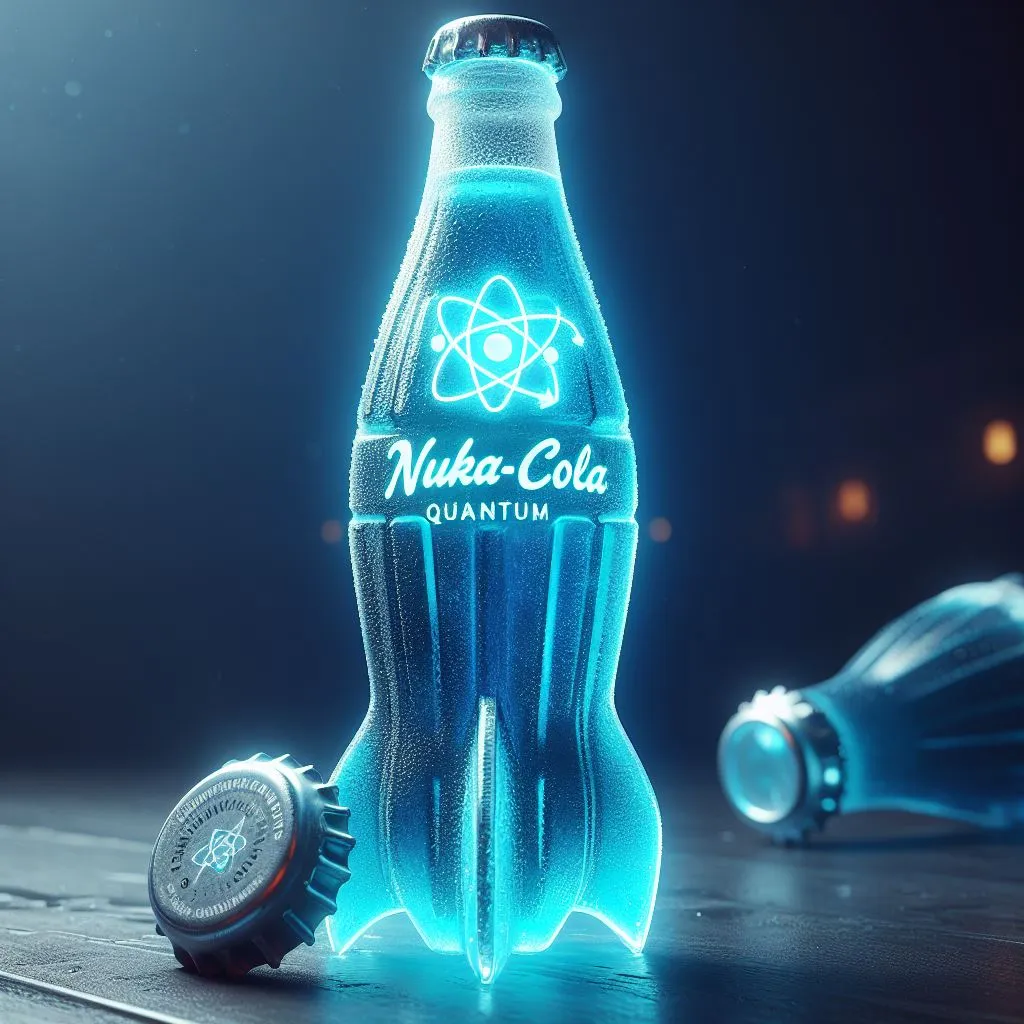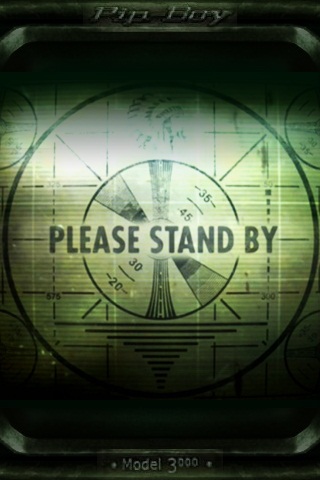

In Praise of the Fallout Franchise – A Deep Dive into My Love for Post-Apocalyptic Chaos (With One Very Glaring Exception)
The Fallout franchise is an absolute masterpiece – a nuclear symphony of moral depravity, vintage charm, and enough weirdness to make even the most jaded gamer cackle like a raider on Jet. From the desolate, irradiated husks of post-apocalyptic cities to the crackling old-timey music echoing through shattered ruins, there’s something uniquely satisfying about wandering through a world where everything is terrible and I love it.
But while Fallout 3, New Vegas, and Fallout 4 have firmly cemented themselves as some of the best RPGs of all time, I’d like to take this moment to personally flip a table at Fallout 76. Never in my life have I felt such crushing disappointment from a game I genuinely wanted to adore. But more on that in a minute – let’s start at the beginning of my journey into delightful nuclear insanity.
Fallout 3 – My Gateway to the Wasteland (and Moral Depravity)
Fallout 3 wasn’t just a game – it was an awakening. As someone who grew up around D.C., the Capital Wasteland felt like coming home after a particularly nasty nuclear meltdown. Seeing landmarks I’d visited as a kid, now half-destroyed and crawling with ghouls, struck a weird balance between nostalgia and horror.
Emerging from Vault 101 for the first time was nothing short of magical. That blinding sunlight, the vast openness, and the realization that I could go literally anywhere (and probably die there)? Perfection. And boy, did I test those limits.
I did everything.
- I immediately stole anything that wasn’t nailed down. Coffee cups, cartons of cigarettes, mutilated teddy bears – if the game let me take it, I did.
- I joined the Brotherhood of Steel, not because I believed in their cause, but because Power Armor looked cool and I wanted it.
- I nuked Megaton for the lols, then immediately regretted it and reloaded my save. (Except for that one time I didn’t, just to see how Tenpenny Tower felt afterward. It felt… lonely. And also kind of baller.)
Three Dog’s voice became the soundtrack of my apocalypse, guiding me across the wastes while crooning “I Don’t Want to Set the World on Fire” as I executed raiders in V.A.T.S. with disturbing precision. And let’s be real – nothing beats hearing him yell AWOOOOOO after one particularly gnarly headshot sends an eyeball flying into the stratosphere.
The vaults though… the vaults were where the real horror lived.
Vault 108’s Gary clones, endlessly repeating “Gary?” in unsettling tones, made me rethink exploring vaults solo. Vault 87? Super mutant central. And don’t even get me started on Vault 106 and its hallucinogenic gas. The first time I saw ghostly versions of my dad wandering the hallways, I slammed my Pip-Boy shut and fast-traveled the hell out of there.
Fallout: New Vegas – Where Morality Goes to Die
Fallout 3 may have introduced me to the wasteland, but Fallout: New Vegas absolutely ruined me in the best possible way. Obsidian Entertainment – the brilliant minds behind The Elder Scrolls IV: Oblivion – took the Fallout formula and said, “Let’s crank the chaos to 11.” And wow, did they deliver.
Where Fallout 3 was a somber meditation on survival, New Vegas was the unhinged fever dream that threw all pretense out the window. And I was here for it.
The Mojave Wasteland wasn’t just dangerous – it was a moral black hole where the most horrifying answer was often the most rewarding. Joining Caesar’s Legion was like signing up for a cult, but the alternative wasn’t much better. Every faction was deeply flawed, and if you couldn’t pick one, you could just burn them all down and take the Mojave for yourself.
And the vaults? Oh, the vaults.
- Vault 11? Straight-up psychological torture. The vault dwellers had to sacrifice one of their own each year or face “dire consequences.” When they finally refused, the vault’s mainframe… congratulated them. Everyone was already dead.
- Vault 22? The plants ate the people.
- Vault 19? The vault overseer literally experimented on the vault dwellers by dividing them into rival factions to see what would happen. Spoiler: they killed each other.
Every step in New Vegas felt like peeling back another layer of madness. I wasn’t just a courier – I was a mad god. I wore Benny’s suit, hijacked his plans, and took over New Vegas like a chemed-out Mr. House impersonator.
Fallout 4 – Building My Kingdom, One Settlement at a Time
Fallout 4 felt like a return to form but with a brand-new coat of irradiated paint. Boston’s Commonwealth was massive, and the minute the game handed me the ability to build settlements, I forgot about my kidnapped son.
I’m sorry, Shawn who? I had bars to build and Minutemen to ignore.
I spent hours constructing elaborate fortresses with guard posts, neon lights, and decorative mannequin heads. My settlers had the best defenses in the Wasteland. Did Preston Garvey appreciate this? Nope. He just wanted me to save another settlement.
The vaults were good, but I wanted more. After the psychological horrors of New Vegas, Fallout 4’s vaults felt… tame. Vault 75’s child experiments were messed up, sure, but I was lowkey hoping for more unhinged terror. (I guess that’s just me being twisted at this point.)
Fallout 76 – A Crime Against Humanity (and Fallout Fans Everywhere)
Now we come to Fallout 76, or as I like to call it – Far Cry: Appalachia Edition.
Bethesda hyped this game as a multiplayer Fallout experience, and like a fool, I believed them. But the second I booted it up and realized there were no NPCs, I knew we had a problem.
The entire soul of Fallout is the weird, morally bankrupt characters you meet along the way. A Fallout without NPCs is just a glorified walking sim with radioactive bears. Audio logs don’t cut it – I don’t care how “immersive” they think environmental storytelling is.
76 was buggy, empty, and aggressively lonely. It felt like a Fallout skin stapled onto an incomplete MMO.
The map was massive but hollow. Quests felt repetitive. And the subscription model for private servers? Bethesda, you can choke on that idea.
No mods. No deep storylines. Just… vending machines.
I’ll take the delightful jank of New Vegas over Fallout 76’s corporate cash grab any day.

Fallout 4: A Hardcore Nerd's Ultimate Love Letter to a Post-Apocalyptic Masterpiece
Fallout 4 isn’t just a game—it’s a way of life for us Vault Dwellers. It’s the kind of experience that grips you from the first melancholic notes of the intro and doesn’t let go, even after hundreds of hours wandering the desolate beauty of the Commonwealth. Fallout 4 is a game that blends deeply personal storytelling, a sprawling open world, and the perfect mix of chaos and creativity. And now, it’s grown beyond its roots into a full-fledged pop-culture phenomenon, spawning a blockbuster movie on Amazon Prime.
Whether you’re a battle-hardened Brotherhood of Steel paladin, a scrappy Minuteman defending settlements, or a Railroad revolutionary, Fallout 4 is a game that leaves an indelible mark on every player who dares step into its wasteland. And if you’re as deep into the fandom as I am, you know that its journey from console to silver screen is just the beginning of its cultural impact.
Let’s take a deep dive into why Fallout 4 is a masterpiece, the creative geniuses behind it, and how it took over Hollywood with an Amazon Prime adaptation.
The Creative Minds Behind Fallout 4
Fallout 4 was developed by Bethesda Game Studios, the same team that brought us The Elder Scrolls series, including the juggernaut hit The Elder Scrolls V: Skyrim. The project was helmed by Todd Howard, the legendary game director and executive producer who’s been a key figure at Bethesda since the late 1990s. Howard’s visionary leadership has shaped not only Fallout 4 but also Fallout 3, The Elder Scrolls IV: Oblivion, and Skyrim—all games that have redefined the RPG genre.
The lead designer for Fallout 4, Emil Pagliarulo, is another name that deserves a shoutout. Pagliarulo’s work on Fallout 3’s narrative and world-building carried over into Fallout 4, where he crafted one of the most complex, morally ambiguous, and emotionally gripping RPG experiences in gaming history. Pagliarulo has also contributed to other Bethesda classics, including Skyrim and Starfield, making him a powerhouse in storytelling.
And we can’t forget Istvan Pely, the lead artist whose vision brought the Commonwealth’s eerie post-apocalyptic beauty to life. Pely, who also worked on Fallout 3, has a knack for designing environments that feel both lived-in and hauntingly empty—a perfect match for the Fallout universe.
Why Fallout 4 Still Reigns Supreme
Fallout 4 has a way of pulling you in like a Deathclaw in stealth mode, and once it’s got you, there’s no escape. Here’s why it’s still one of the greatest games of all time.
1. The Commonwealth: A Post-Apocalyptic Playground
Fallout 4’s world is MASSIVE. The Commonwealth takes everything Bethesda learned from Skyrim and Fallout 3 and cranks it up to 11. The ruined cityscapes of downtown Boston, the haunting isolation of the Glowing Sea, and the quaint, eerie charm of Sanctuary Hills all feel like distinct characters in their own right.
Each location tells a story—sometimes in big ways, like uncovering the secrets of Vault 81, and sometimes in the little details, like a teddy bear clutching a bottle of Nuka-Cola in a skeleton’s arms. This environmental storytelling is one of Bethesda’s trademarks, and Fallout 4 is arguably their magnum opus in this regard.
2. A Story That Hits Home
The narrative of Fallout 4 is deeply personal. You start as the Sole Survivor of Vault 111, waking up in a world that’s unrecognizable. Your spouse is murdered, your baby is kidnapped, and you’re left to piece together what happened—and whether you can rebuild what was taken from you.
Unlike Fallout: New Vegas, where the story focuses on political intrigue, Fallout 4’s narrative is all about personal stakes. But it’s not just a straightforward rescue mission. The twist (which I’m still not over, btw) flips the entire story on its head, forcing you to question everything you thought you knew about the Commonwealth and your role in it.
3. The Factions: Moral Dilemmas Galore
Fallout 4 introduces some of the most morally complex factions in the series. Each group represents a different vision of the future, and none of them are entirely good or evil.
- The Brotherhood of Steel: Technologically advanced but disturbingly authoritarian.
- The Institute: Brilliant but morally gray (or straight-up dark) in their use of synths.
- The Railroad: Freedom fighters or extremists, depending on how you see them.
- The Minutemen: The only group that feels truly altruistic—but is it enough?
Every decision you make affects the world and the people around you. It’s like the ultimate nerd debate simulator.
4. The Best Companion Line-Up in Fallout History
I’m not even exaggerating when I say Fallout 4’s companions are next-level amazing. Each one has their own backstory, motivations, and unique abilities. Nick Valentine, the noir-inspired synth detective, is pure gold. Piper Wright is the plucky reporter we all wish we could be. Even Preston Garvey—despite the memes—is a genuinely good guy.
And don’t get me started on Dogmeat, the most loyal and lovable companion ever to grace a video game. If anything happens to Dogmeat, we riot.
The Fallout 4 Movie: From Pixels to Prime
When news broke that Amazon Prime was making a Fallout movie, I lost my mind. When they announced it was based on Fallout 4, I screamed. The movie premiered in 2023, and let me tell you—it was everything I dreamed it would be and more.
What Made the Movie Legendary
- Faithful World-Building: From Diamond City to the Glowing Sea, the movie nailed the Commonwealth’s aesthetic. Seeing those iconic locations in live action was like stepping back into the game.
- Compelling Storyline: The movie focused on the Sole Survivor’s journey, exploring not only their search for Shaun but also the moral dilemmas that come with choosing a faction.
- Fan-Favorite Characters: Nick Valentine, Piper Wright, and even Dogmeat made their cinematic debut, bringing tears of joy to fans like me.
- Stellar Performances: [Insert actors here] brought these beloved characters to life in ways that felt authentic and fresh.
The movie not only stayed true to its source material but also expanded on it, introducing new elements that kept even die-hard fans on their toes.
Fallout 4’s Enduring Legacy
Fallout 4 isn’t just a game—it’s a phenomenon. It redefined open-world RPGs, gave us characters and stories we’ll never forget, and inspired a movie that brought the Commonwealth to life for a whole new audience. From Todd Howard’s visionary leadership to Emil Pagliarulo’s masterful storytelling, the creative team behind Fallout 4 delivered an experience that continues to resonate nearly a decade later.
Whether you’re playing for the first time, replaying for the hundredth, or diving into the Amazon Prime movie, Fallout 4 offers a world that feels infinite in its possibilities. So, grab your Pip-Boy, suit up in your power armor, and head back into the wasteland.
War never changes—but Fallout 4 keeps getting better with time.
